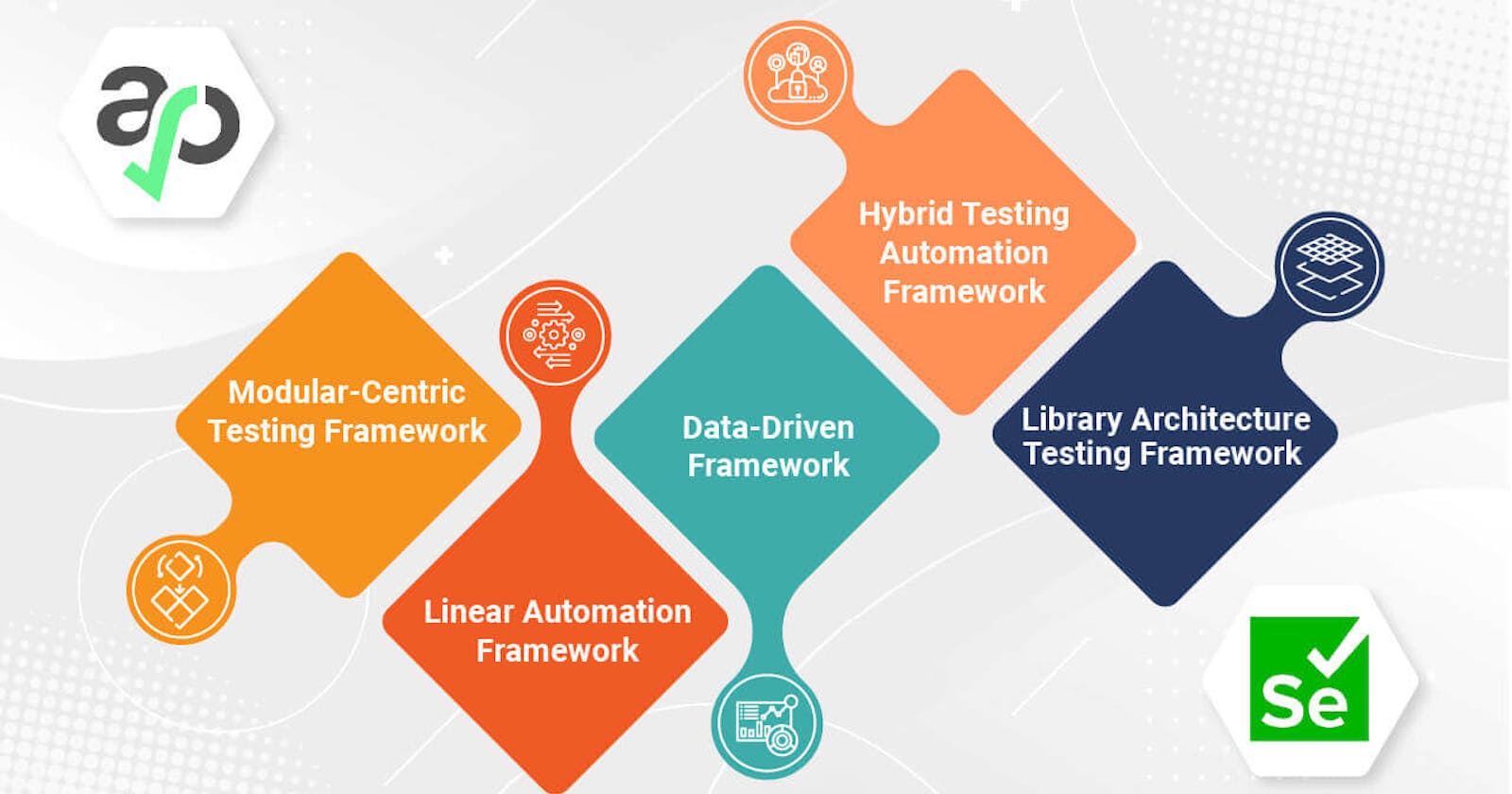A test automation framework is a collection of rules or guidelines for generating and designing test cases. It includes a combination of practices and tools that are developed to assist the QA professionals in testing more effectively. Moreover, these set of guidelines may encompass coding standards, object repositories, test-data handling techniques, processes for securing tests results and also data on how to access external resources.
These rules are mandatory, and testers have the flexibility to design or record tests without adhering to them. However, accessing an organized framework offers more benefits that professionals would miss out on otherwise. In this blog, we shed light on some of the prominent types of automated testing frameworks:
#1 Modular-Centric Testing Framework
A modular testing framework requires testers to divide the application into separate testing categories like functions, units, sections, etc. Each of the classes is tested individually. Once the application is divided, testers create a test script for every part; subsequently, they are combined to create more extensive tests hierarchically. Additionally, the larger test sets work to represent different test applications. In the modular form of a testing framework, it is recommended to build an abstraction layer. This way, the sections won’t influence the overarching module.
#2 Linear Automation Framework
In a linear test automation framework, testers are not required to write code or generate functions. Moreover, the steps in it are written chronologically, and the process is also known as the record-and-playback framework. The tester records every step like checkpoints, user input, navigation, etc. and then it is played back to conduct the test automatically. Considering there is no need for custom code, this framework can be executed without any expertise in test automation.
#3 Data-Driven Framework
The data-driven framework breaks up script logic and test data. This allows the testers to store data in the framework externally. At times, testers need to test a particular feature or function different times with multiple data sets. In such situations, testers cannot rely just on the data coded into the script. This framework will allow the testers to store and pass various parameters to test scripts from different sources of data like text files, excel spreadsheet, ODBC repositories, SQL tables, etc.
#4 Hybrid Testing Automation Framework
A hybrid test automation framework amalgamates other forms of testing automation frameworks. This allows testers to leverage the potentials of other frameworks and eliminate their weaknesses as well. Each application is different, and the process of testing these applications needs to be distinctive as well. And leveraging a hybrid framework allows testers to be more adaptable and agile to get better test results.
#5 Library Architecture Testing Framework
This testing framework is focused on a modular framework but provides additional benefits. Rather than dividing the application under various tests, it identifies similar tasks within the scripts and groups them based on the function. This allows the application to be grouped by the common objectives. Moreover, functions are stored in the library that they access whenever needed.
In Conclusion
When selecting an automated testing framework, testers should consider presenting flexibility and supporting multiple applications and languages. This allows them to contribute to the testing process irrespective of their skills and background. The hybrid framework is one such adaptive testing approach that efficiently works with different applications and processes.
FAQs
Q1. Why is a test automation framework necessary? A1.
- Test automation framework helps optimize resources.
- Increase testing volume.
- Enable simultaneous testing.
- Reduce the time it takes to write and run tests.
- It helps you find and fix bugs at an early stage.
- Enable remote testing
- Increases ROI
Q2. What is a linear automation framework?
A2. A linear automation framework targets specific functionalities and runs test scripts individually by creating them in sequential order.
Q3. What are the components of a test automation framework?
A3. Here are six components of an automation framework:
- Stable subsystems
- Testing platform in place
- Test case library
- Automated testing practices
- Testing tools
